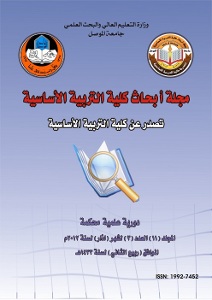Functions of Intertextuality in Some Extracts of Modern Arabic Novels.
Abstract
Abstract Intertextuality can basically be defined as the influence and existence of previous texts or speeches in the construction of present one. The current study tackles the problem that determining the functions of the intertextual elements helps in better understanding and interpreting of literary texts. Thus, not well-equipped readers of intertextuality and its functions get problems in interpreting and understanding some texts filled of such functions. The present study aims to: firstly, investigate the intertextual types in some Mahfouzs novel, namely,"Khan al-Kahlili" (1946), "al-Midaq Alley" (1947) and "Awlad Haratina" (1959), secondly, look at the functions of intertextuality in the three novels under focus. The hypotheses the present study puts forward are as follows: firstly, realizing functions of intertextuality is a crucial element contributes for better understanding different layers of a literary text. Secondly, intertextuality enhances and enriches the aesthetic structure of literary texts. As for the analysis of data, the study has adapted Ahmeds model (2010). Accordingly, intertextuality is divided into three main types, namely, religious intertextuality, literary intertextuality and other types of intertextuality. It is found that intertextuality is utilized by writers for: communicative, rhetorical and aesthetic functions. It is also discovered that intertextuality is a useful strategy employed by text producers.
